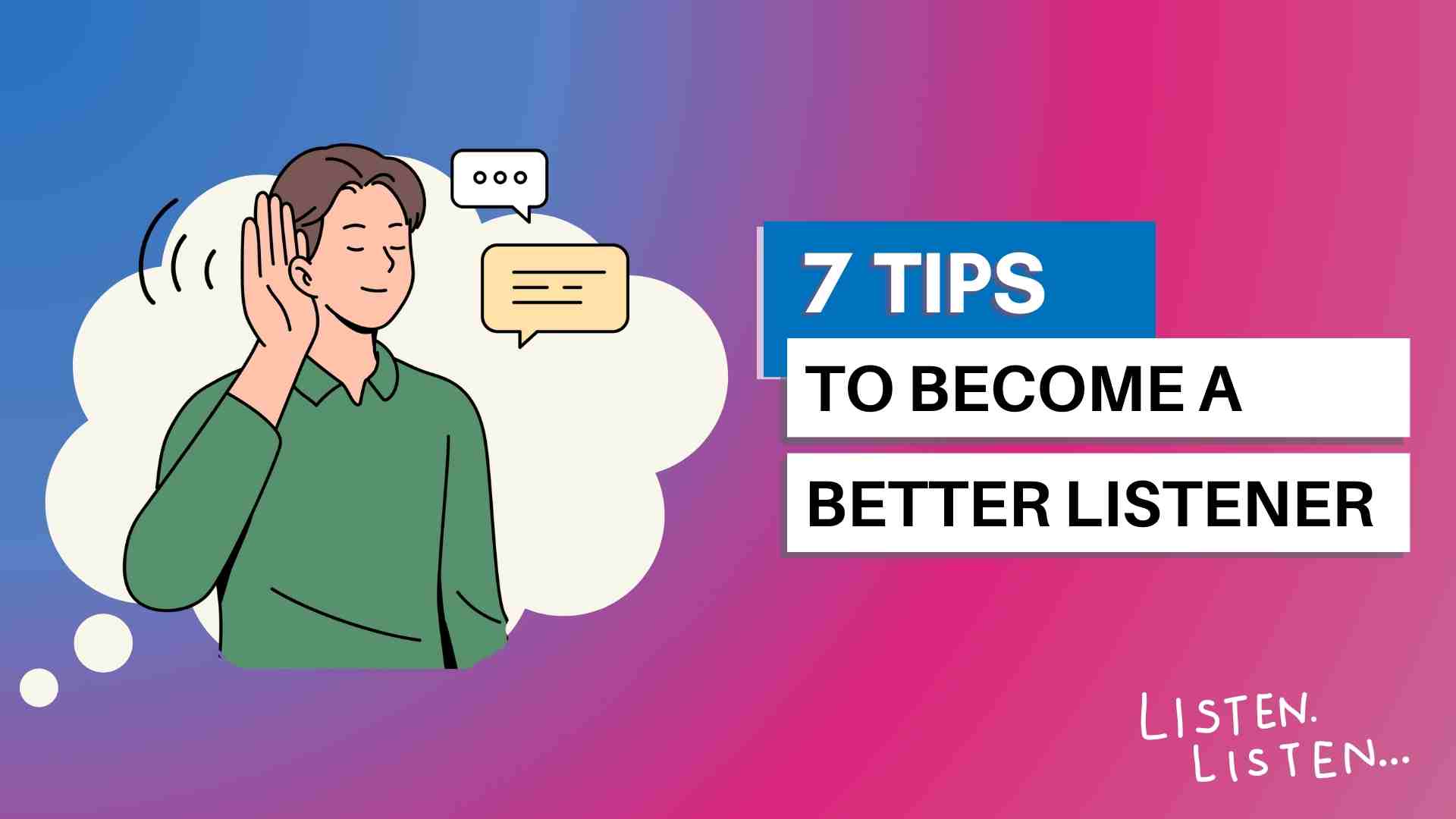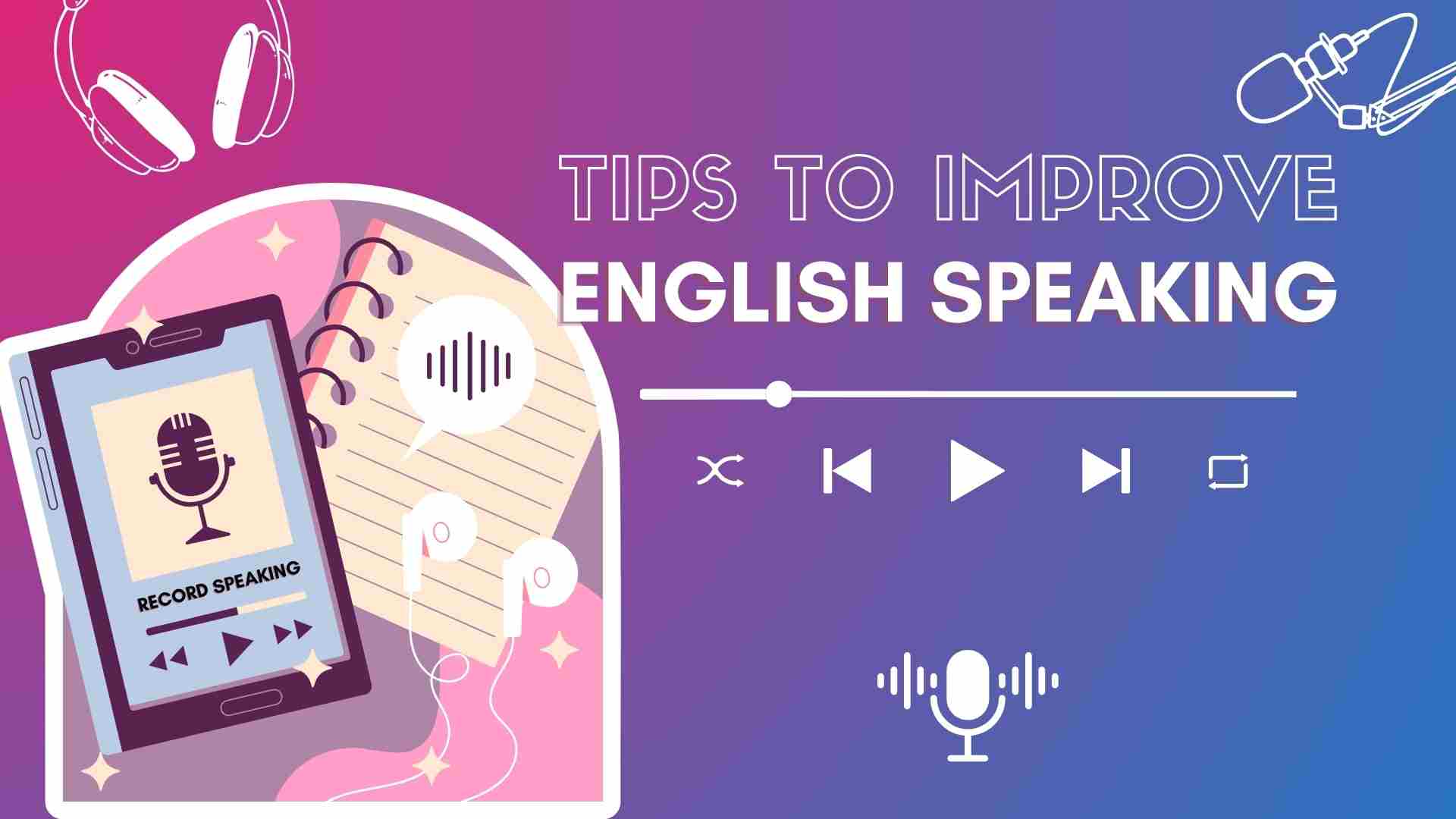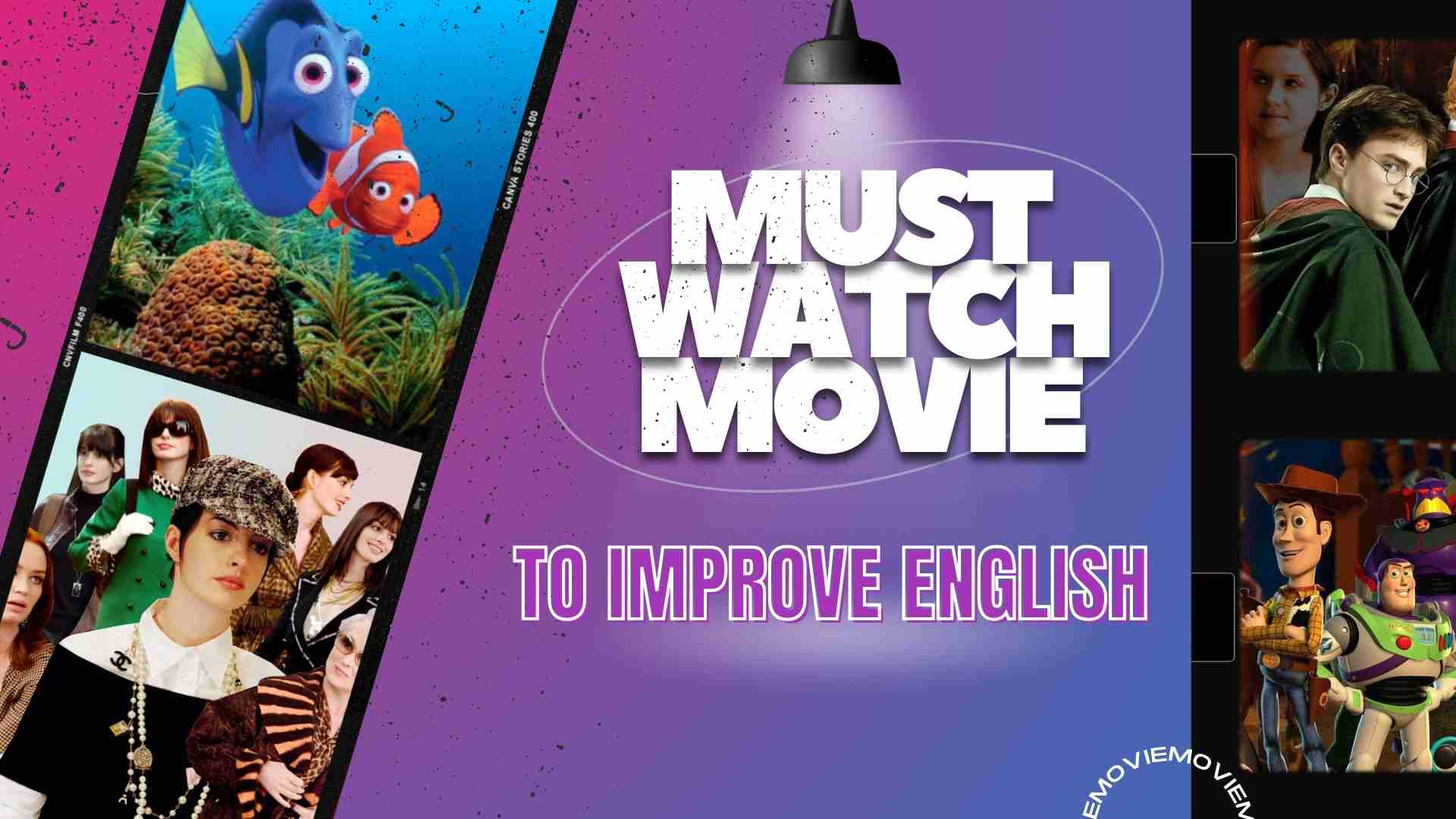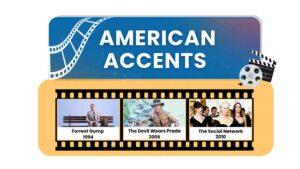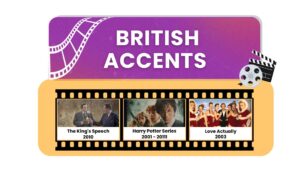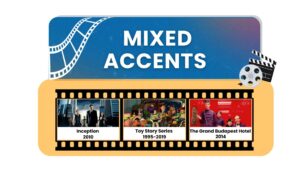7 Tips Become a Better Listener
In today’s fast-paced world, effective communication is paramount. Whether in personal relationships, professional settings, or everyday interactions, listening truly can make all the difference. Yet, listening is often undervalued and misunderstood. It’s not just about hearing the words; it’s about understanding the message, empathising with the speaker, and building meaningful connections.
A participant in any conversation has two goals:
- Understanding the Message: The first goal is to grasp what the other person is communicating, not just the words but also the emotions behind them.
- Conveying Interest and Care: The second goal is to convey genuine interest, engagement, and care to the other person. If people do not feel listened to, they will cease to share information.
So, how can you achieve these two goals to become a better listener? Here are 7 tips to help you master the art of active listening and become a better listener:
- Give Your Full Attention: When someone is speaking to you, give them the courtesy of your undivided attention. Put away distractions like your phone or computer, make eye contact, and show that you are fully engaged.
- Practice Empathy: Make an effort to comprehend the speaker’s viewpoint and feelings. Imagine yourself in their position and try to grasp their possible emotions. Establishing empathy with the speaker promotes trust and comprehension, as well as a deeper level of connection.
- Avoid Interrupting: Refrain from interrupting or interjecting with your own thoughts while the other individual is speaking. Allow them to complete their expression before you respond. This fosters a more productive dialogue and demonstrates regard for their thoughts and emotions.
- Ask Clarifying Questions: If you’re unsure about something the speaker said, don’t hesitate to ask for clarification. Asking thoughtful questions shows that you’re actively listening and helps ensure you fully understand the message.
- Use Nonverbal Indicators: Nonverbal signals such as smiling, nodding, and leaning forward can effectively convey attention and encouragement. They convey to the speaker that you are attentive and encouraging, which may motivate them to disclose more candidly.
- Reflect and Summarise: Periodically reflect back on what you’ve heard to confirm your understanding and show that you’re actively processing the information. Summarise key points to demonstrate that you’re following the conversation and to help reinforce memory retention.
- Practice Patience: Good listening takes time and practice. Be patient with yourself and others as you improve your listening skills. Remember that it’s okay to ask for clarification or to take a moment to collect your thoughts before responding.
By incorporating these tips into your daily interactions, you can become a more effective listener and communicator. Whether engaging in a casual conversation with a friend or participating in a crucial business meeting, active listening is a valuable skill that can enhance relationships, foster collaboration, and drive positive outcomes. So, the next time you find yourself in a conversation, remember to listen with intention, empathy, and an open mind.
If you want to practice your listening skills in an English environment, consider taking a General English course at Future English.
If you have any questions or want to learn more, please contact us.
We’re here to help you become the best listener you can be.
